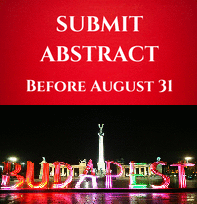
Rajani Singh
AIIMS, India
Title: The role of variations of coronary arteries in coronary artery diseases
Biography
Biography: Rajani Singh
Abstract
Rate of fatal coronary artery diseases is increasing by leaps and bounds in modern times. The anatomy of coronary artery has recently been reemphasized in association with the use of coronary arteriography. The variant vascular anatomy in general and coronary arterial anatomy in particular plays very crucial role in the arterial disease process, their diagnosis and treatment. Therefore, thorough understanding of variant and normal anatomy of coronary artery is imperative. The major coronary artery diseases are hardening and narrowing of these arteries due to atherosclerosis and arteriosclerosis. The advances made in coronary arterial bypass surgeries and modern methods of myocardial revascularization also make sound and detailed knowledge of the variant anatomy of coronary artery indispensable. Therefore, description of 3 cases of aberrant configuration of right/left, accessory and new arteries along with touching mechanism of atherosclerosis has been brought in this work. The right coronary artery in one case had high anomalous origin about 3 cm above the root of ascending aorta and accessory coronary artery arises at the level of right coronary artery irrigating left ventricle. Also right coronary artery had extended course up to left border of heart in second case. In third case, a new artery arises from anterior interventricular artery entering into the infundibulum and supplied septal papillary muscle. The variations in configuration of these arteries coupled with arising of new and accessory arteries not only alter irrigation pattern but also complicate imagery interpretation and surgical manipulations. Hope these results will aid the future cardiac health.

